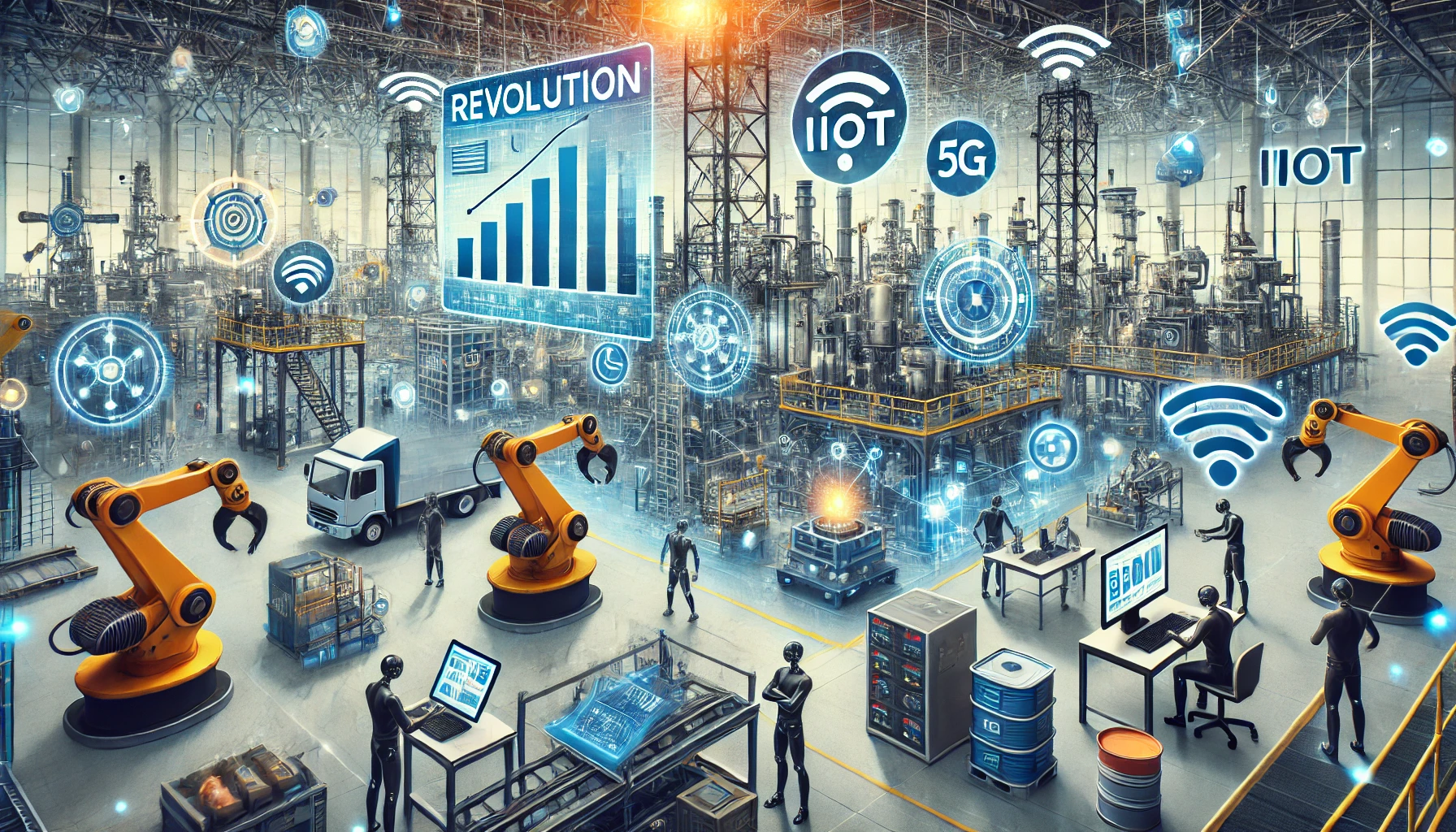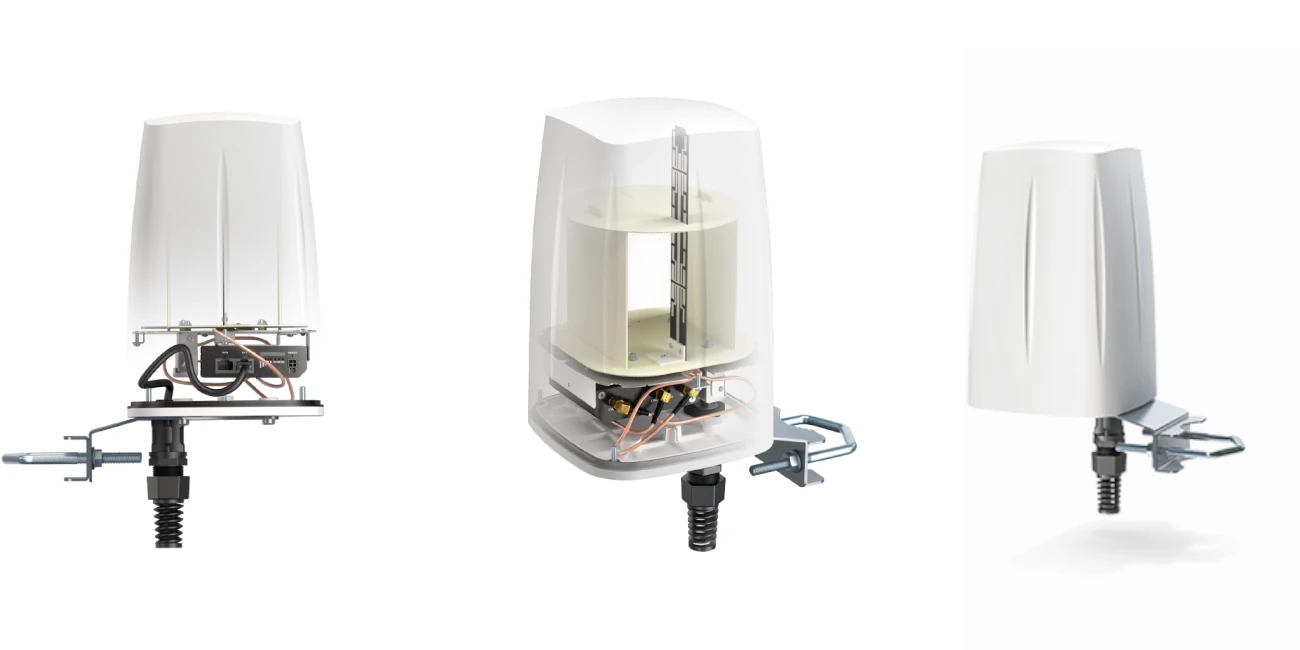The Industrial Internet of Things (IIoT): Revolutionizing Industry
The Industrial Internet of Things (IIoT) represents a transformative shift in how industries operate, leveraging advanced connectivity, data analytics, and automation to optimize processes and drive innovation. By connecting machines, devices, and systems, IIoT enables organizations to harness vast amounts of data, improve operational efficiency, and enhance decision-making. As industries increasingly adopt IIoT technologies, they are poised to reap significant benefits that can redefine the landscape of manufacturing, logistics, energy, and more.
Understanding IIoT
IIoT refers to the integration of Internet of Things (IoT) technology within industrial settings. While IoT encompasses a broad range of connected devices in various sectors, IIoT specifically focuses on applications in manufacturing, energy management, supply chain logistics, and other industrial environments. This integration allows machines to communicate with each other, collect data, and make intelligent decisions based on that data.
Key Components of IIoT
- Sensors and Devices: The foundation of IIoT lies in the use of sensors and devices that monitor various parameters such as temperature, pressure, humidity, and operational status. These devices gather real-time data, which can be used to improve processes and predict potential issues.
- Connectivity: IIoT relies on robust connectivity solutions to transmit data from sensors to cloud-based platforms or local servers. Technologies such as 5G, Wi-Fi, and LPWAN (Low Power Wide Area Network) facilitate this connectivity, enabling devices to communicate seamlessly.
- Data Analytics: The massive amounts of data generated by IIoT devices require advanced analytics tools to extract meaningful insights. Machine learning and artificial intelligence algorithms can analyze this data to identify patterns, optimize operations, and predict equipment failures.
- Automation and Control Systems: IIoT is often integrated with automation systems that enable real-time control of industrial processes. This integration allows for more responsive and efficient operations, reducing the need for manual intervention.
Benefits of IIoT
The implementation of IIoT offers numerous advantages that can significantly impact various industries:
- Enhanced Operational Efficiency: By providing real-time visibility into operations, IIoT helps organizations identify bottlenecks and inefficiencies. For instance, manufacturers can monitor machinery performance and adjust workflows to optimize production lines.
- Predictive Maintenance: One of the most valuable applications of IIoT is predictive maintenance. By analyzing data from connected machines, companies can predict when equipment is likely to fail and schedule maintenance accordingly. This proactive approach reduces downtime and extends the lifespan of machinery.
- Improved Quality Control: IIoT technologies enable continuous monitoring of production processes, allowing for immediate detection of anomalies. This capability enhances quality control by ensuring that products meet standards throughout the manufacturing process.
- Supply Chain Optimization: IIoT can enhance supply chain visibility by tracking goods in real-time. This capability allows organizations to respond quickly to disruptions, improve inventory management, and reduce lead times.
- Energy Management: In industries where energy consumption is significant, IIoT solutions can monitor energy usage patterns and identify opportunities for savings. Smart sensors can adjust energy consumption based on demand, leading to cost reductions and more sustainable operations.
- Safety and Compliance: IIoT can enhance workplace safety by monitoring environmental conditions and detecting potential hazards. Additionally, it can ensure compliance with industry regulations by providing accurate and timely data.
Challenges of IIoT Implementation
While the benefits of IIoT are compelling, organizations face several challenges in its implementation:
- Cybersecurity Risks: As more devices connect to the internet, the risk of cyberattacks increases. Protecting sensitive data and ensuring the security of connected devices is paramount for organizations adopting IIoT.
- Integration with Legacy Systems: Many industrial operations rely on legacy systems that may not be compatible with IIoT technologies. Integrating new solutions with existing infrastructure can be complex and costly.
- Data Management: The sheer volume of data generated by IIoT devices can overwhelm organizations. Developing effective data management strategies and ensuring that the right insights are extracted is essential.
- Skill Gaps: The successful implementation of IIoT requires a workforce skilled in data analytics, cybersecurity, and advanced technology management. Organizations may need to invest in training or hire new talent to bridge these skill gaps.
Future Trends in IIoT
The future of IIoT is promising, with several trends poised to shape its evolution:
- Increased Adoption of Edge Computing: As IIoT devices generate more data, edge computing will become increasingly important. This technology processes data closer to the source, reducing latency and improving response times.
- Enhanced Interoperability: The need for seamless communication between devices from different manufacturers will drive efforts toward standardization and interoperability, making it easier for organizations to implement IIoT solutions.
- Artificial Intelligence Integration: The integration of AI and machine learning with IIoT will enhance data analytics capabilities, enabling organizations to derive deeper insights and automate more complex decision-making processes.
- Focus on Sustainability: As environmental concerns grow, IIoT will play a vital role in promoting sustainable practices. Organizations will increasingly use IIoT technologies to optimize resource use and reduce their carbon footprints.
- 5G and Advanced Connectivity: The rollout of 5G technology will enhance the capabilities of IIoT by providing faster and more reliable connectivity, enabling real-time communication and data transfer.




